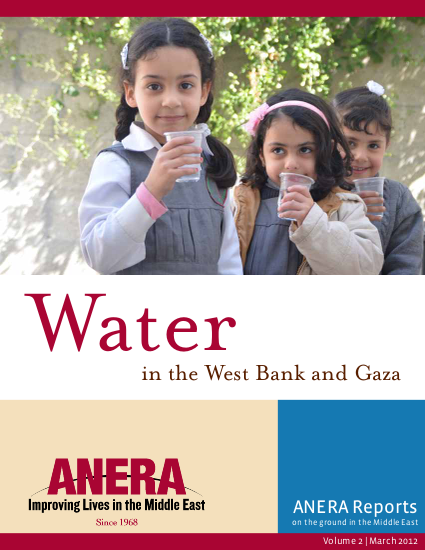
The semi-arid Middle East suffers from a chronic scarcity of water. The causes are multiple
and depend both on nature and man. Some of these factors are climate change, drought,
desertification, urbanization, over-consumption, waste and pollution. Politics in the West
Bank and Gaza also present special challenges when it comes to accessing and distributing water resources.
More than 70 percent of available water resources are used for agriculture.1 Water-thirsty crops
reduce what is available for drinking. Deteriorating distribution networks and treatment facilities
have led to water loss and health risks. Runoff from farmland and industry and creeping sea water have polluted springs and underground reserves.
